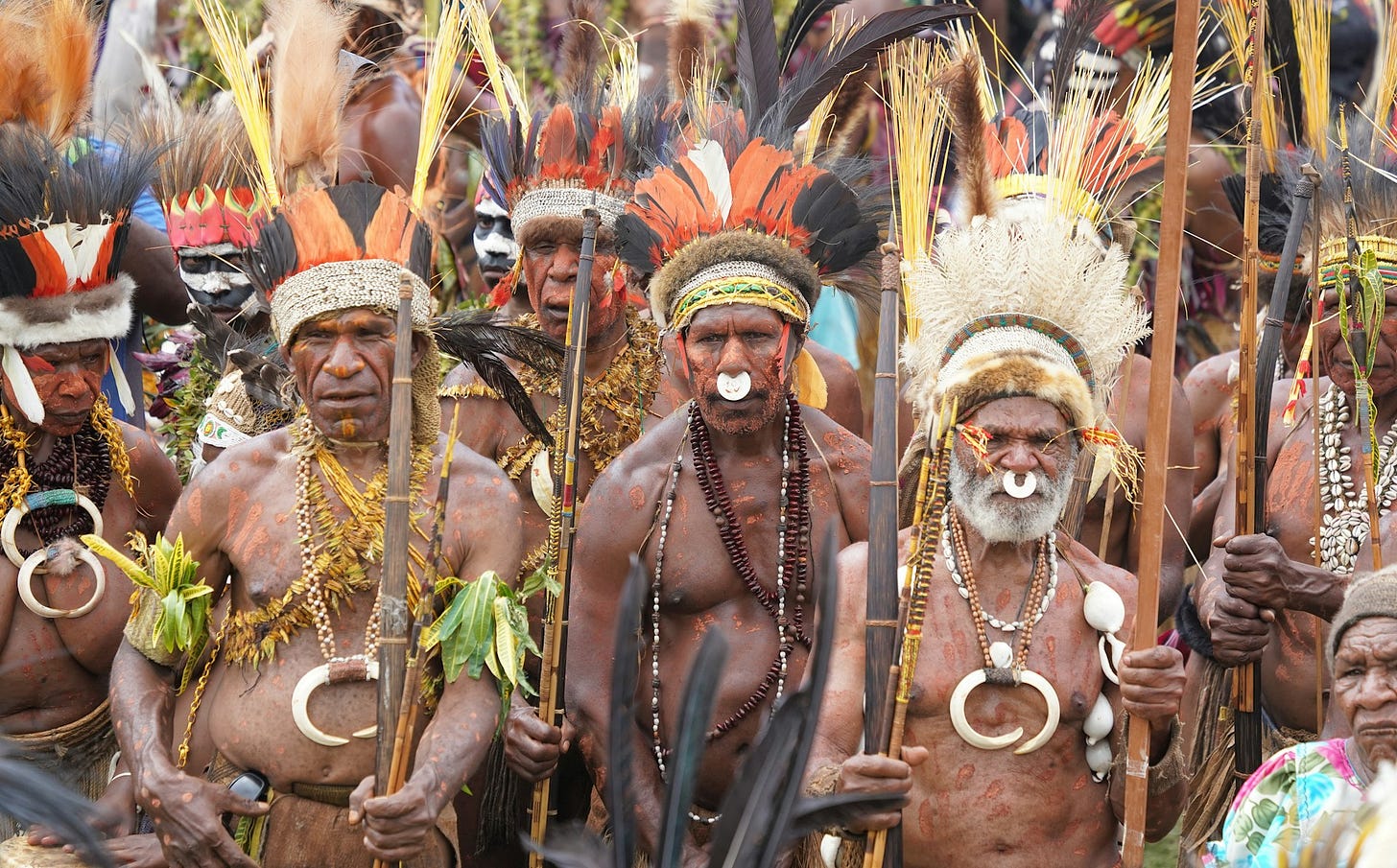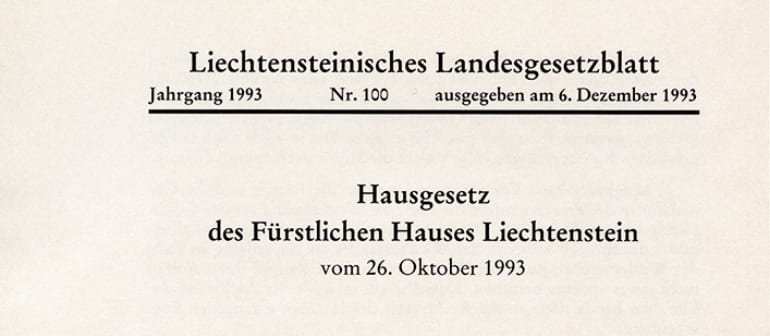Values from Indigenous, Religious and Aristocratic communities to create Cultural Capital
Cultrual Capital - Part 2
This week, we will continue to investigate a family’s cultural capital. Last week’s newsletter gave us a good starting point. In the newsletter, I mentioned indigenous communities, religious communities, and aristocratic families. All of these tend to have strong cultural capital. There are some similarities and some differences between them. Not everything is fit to be copied in a modern world. However, there are a lot of values they adhere to that support a family’s antifragility.
Collectivism vs Individualism
The first commonality all three tend to have is that they place collectivism above individualism. To succeed as a group, the group has to come first. The Western world has become increasingly individualistic, which is why families are becoming more and more fragmented. A fragmented family is the result of a fragile family. So while we want an antifragile family to have a collectivistic culture, it should not stifle individual development. If you imagine collectivism on one end of a spectrum and individualism on the other, the ideal place to be is just slightly collectivistic. The family comes first, but the individual has enough space to develop. In many indigenous communities, for example, this also goes for accountability. If a member of the community is depressed, they will gather to discuss what they did wrong and what they can do better. They believe that if an individual is sick, it is the group’s responsibility. While we need individual accountability, a true collectivistic community also has strong group accountability.
Something I have written about before is how crucial Equality, Fairness and Justice are in a family. This is an are that is enormously important for any collectivistic system to work well.
Fairness: impartial and just treatment or behaviour without favouritism or discrimination.
Equality: the state of being equal, especially in status, rights, or opportunities.
These two terms tend to be used synonymously, but in essence, they mean different things. To be treated equally does not necessarily mean you are being treated fairly. And being treated fairly does not mean you are being treated equally. So, what is the difference between the two words?
Difference between Fairness and Equality: Fairness means treating people according to their needs. This does not always mean it will be equal. Equality means treating everyone exactly the same.
The mentioned communities all have tules and traditions that are to be followed, with these they create a justice system that can be used to govern over disputes.
Justice: Justice is a legal term that essentially means that rules or regulations must be followed.
We will have a another look at how justice is applied in communities further down.
Ethics: Morals and Values
Another thing that all three have in common is that they adhere to values and these are put into rules. They all have an ethical code that they follow. Now, before we get into this in more detail we should get some definitions clear.
Ethics: moral principles that govern a person's behaviour or the conducting of an activity.
Morals: standards of behaviour; principles of right and wrong.
Values: principles or standards of behaviour; one's judgement of what is important in life.
Moral vs Value: Morals are societal guidelines for right and wrong conduct, while values are personal beliefs about what is important or desirable.
Society often dictates what is moral and what is immoral. In communities, they often have their own moral code. Important to put this in the perspective of a family. There are often societal morals a family needs to adhere to. In an increasingly global world, with families living in different regions, this can become difficult as we will face different moral codes. This is where values come in, this is what is important to us. To us as a family and to each individual. Society’s morals and our family values may differ and so may our family values, and each individual’s values differ. The importance is that there is alignment in general. For example, we all agree that we should not steal and that lying is not good. Which of the two is more important? Well, that is up to us. So, according to Viktor Frankl, it is important to rank values in order to mitigate value conflicts.
In The Seven Sacred Teachings of White Buffalo Calf Woman, Bouchard and Martin (2009) explain how Indigenous teachings involve notions of taking care of one another, collective decision-making, and sustainability. Indigenous values will revolve around seven principles. The sacred teachings of respect, bravery, honesty, humility, truth, wisdom, and love are significant guidelines that resonate in most Indigenous cultures.
Would you cross out anything from these seven principles? I know I would not. While these seven alone will not make your family successful in a modern world. They create a great foundation on which you can add more principles. The principles by which aristocratic families originally adhered to were not much different. If we go back to the medieval times and look at the Knights Code of honor:
To fear God and maintain His Church
To serve the liege lord in valour and faith
To protect the weak and defenceless
To give succour to widows and orphans
To refrain from the wanton giving of offence
To live by honour and for glory
To despise pecuniary reward
To fight for the welfare of all
To obey those placed in authority
To guard the honour of fellow knights
To eschew unfairness, meanness and deceit
To keep faith
At all times to speak the truth
To persevere to the end in any enterprise begun
To respect the honour of women
Never to refuse a challenge from an equal
Never to turn the back upon a foe
Again, many useful values and similarities with indigenous values. Not all is useful for modern times, but a lot in there will make for an antifragile family. Many aristocratic families have house rules, which in some countries still play a huge role and in others less so. For some families their house laws were paramount, for example, the Habsburgs (Habsburg House Laws). The aristocratic house laws are what the concept of family constitution is based on. A concept that goes back to Roman times even.

Value Transfer
Another important commonality is that indigenous, religious and aristocratic families not only have a strong ethical code, but they are also good at transferring these from generation to generation. In “modern” times, particularly in aristocratic families, the rules were written down into house codes. In religious communities, these values were put into religious scriptures. Back before this and this is still the case in indigenous communities, the values are transmitted orally by a community’s elders. The values are embedded in fables and stories that are told. Storytelling plays a pivotal role in this. Isabell Stamm did some research into this for families and found storytelling to be crucial for the transportation of values and knowledge between generations. Families that have a designated storyteller in the family fare much better than those who do not. Similar to this, a study headed by Nadine Kammerlander found that grandmothers play a crucial role in this respect.
“In Indigenous communities, the process of ethical thinking begins at birth with storytelling as the primary learning process. Storytelling is used to guide behaviour and solidify belonging and responsibility to the family, community, and larger world. Through stories, a child develops identity and learns about moral responsibility. Through stories, the community articulates and embraces its shared valued system or mindset. Ethical thinking emerges from a community’s customs, teachings, and ideals.” -Pulling Together: A Guide for Researchers, Hiłḵ̓ala.
Storytelling on its own is an amazing start, however there needs to be a formalized process that makes sure the essence of these stories arrives where it should. The next generation in any community is educated with these stories. Be it through reading and interpreting religious scriptures, regular story sessions by the tribe elders or class sessions with a tutor. All three communities we are looking at have different systems that ensure these values are learnt. They all employ elders, teachers and the parents in this. Three crucial ingredients. When we look at families that are brittle, we can often see one, two, or all three missing. In this process they all use artefacts to help support the designated educators. Aristocratic families often have a family tree, portraits of each generation, signet rings and other cultural artefacts. Indigenous communities will have artefacts passed from one generation to the next. And religious communities employ symbolism all over the place. As a teaser, we will cover more on this next week. Stay tuned.
Traditions and Ceremonies
The next big thing is that they all use traditions and ceremonies to foster their cultural capital. These traditions revolve around spending time together as a community. These strengthen the relationships. They employ group activities. Simple things like hunting trips, healing ceremonies, coming of age ceremonies, balls, dancing classes, dinners or other activities.
As an example, a famous ceremony is the Amish coming of age ceremony, “Rumspringa”. Jamie Weiner goes into detail in his book “The Quest for Legitimacy” on how these ceremonies is crucial.
“Rumspringa (Pennsylvania German lit. "jumping around") is the period of adolescence that begins the time of serious courtship. A certain amount of misbehavior is expected, but it is neither encouraged nor overlooked. At the end of this period, Amish young adults are baptized into the church and usually marry, with marriage permitted only among church members. A small percentage of young people choose not to join the church, deciding to live the rest of their lives in broader society and marry someone outside the community.” - Hostetler, John A. (1993). Amish Society
As you can see in the Amish tradition, this ceremony allows Amish a transition phase between adolescence and being a grown up. In this phase, they can experience a less strict environment. And most importantly they get a choice in being part of the group. Something that aristocratic families also allowed members also, you could choose to lay down your title and rights to the family inheritance in exchange for freedom. If you can choose to be part of a group, being part of it becomes much more powerful than being forced into it. In order to choose it is important to experience what it is like to not be part of your group. In indigenous communities, the coming-of-age ceremony often revolves around a hunting trip on your own. This is a stark example for you to experience life in the wilderness without the group to support you. So you know what it means to break your community’s rules and be outcast (the worst punishment in many indigenous societies).

Justice: The family court
Being an outcast brings us to the last point for today’s newsletter. And that is, that all these communities have a court of justice. In many aristocratic families, there was an internal council that made decisions if there was a dispute or if you broke the rules. Similar to this indigenous communities have a council of the elders that decides on things. Some decisions are even made in a vote of all the tribe members. Most religious communities have some sort a due process as well. This might sound unnecessary for your family, however, this can be more important than you think. If you have a set of rules, be it in traditions or values, that you want people to follow, there need to be consequences for breaking them. And there needs to be a due process for how the punishment is decided. Who and how it is decided. While these processes are paramount for an antifragile family, they need to be designed in a way so that they can adapt to modern society. Something that indigenous communities and many aristocratic families have not pulled off well. One example of an aristocratic family that has managed to adapt to modern times exceptionally well is the Lichtenstein family. They are still thriving and the inhabitants of their Dukedome (country) elect the house representative voluntarily as the country’s chancellor. They still have strict family rules (Lichteinstein house laws) and family members need to adhere to them, however, these rules have changed with the times and adapted.
Conclusion
The strength of a family lies not only in shared blood, but in shared meaning. Indigenous, religious, and aristocratic communities have endured for generations because they deliberately built and preserved cultural capital through values, ethics, storytelling, traditions, and justice systems. While not all their practices fit into modern life, the principles they embody still do.
Families that want to become antifragile must be intentional. Define your values. Tell your stories. Create rituals. Build a system for accountability. Most importantly, adapt these tools to today’s world. Cultural capital is not inherited by accident, it’s transferred by design.




